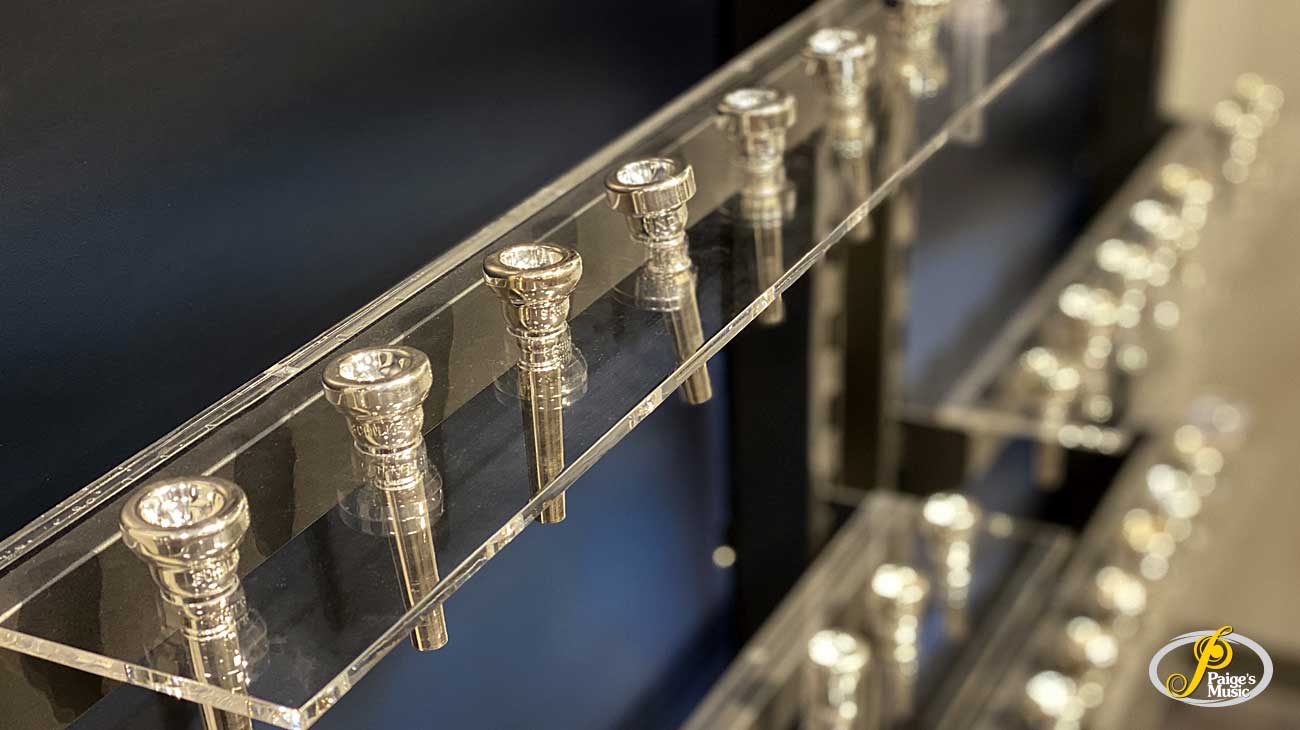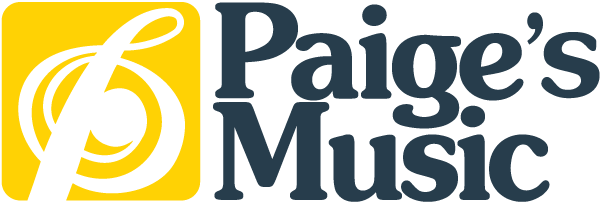Mouthpieces and how to choose, “Lead Mouthpiece Edition”

When I was in high school and it came my turn to play lead trumpet in jazz band, I was like most high school students and began searching for a way to improve range and endurance. We all want to nail those high notes at the end of the show or the concert! How can we achieve this? Most students at that point get on the internet or go to a store and ask about mouthpieces to help them play higher. Enter the Bobby Shew Lead mouthpiece or the Schilke 14A4a. Too often have I seen students purchase these mouthpieces and after a couple weeks tell me that they aren’t working for them anymore and then ask me, “why not?” There are a number of reasons.
Lead mouthpieces, or “screamer pieces” as they are commonly referred to, are an excellent tool for the purpose they were designed for. The first thing to remember is that buying one of these does not instantaneously give you a double high C, and they are not intended for regular, concert band class. The second and more important factor to note is that these are all very specialized mouthpieces and finding your ideal lead/commercial mouthpiece can often times be a long (and expensive!) journey. To use the two mouthpieces cited above, did you know they were specifically designed for someone else? So it is very likely that they may not work for you, as you are not Bobby Shew and if you are, then Hi Bobby!
Here are some mouthpiece variables to consider when shopping for a commercial mouthpiece:
- RIM: What does the rim feel like? Does it have a broad, flat rim? Is it rounded for comfort? Is it a large or small diameter?
- CUP: What is the shape of the cup? More bowl shaped, or does it form a V or small funnel? How shallow or deep?
We can also ask how the rim and cup work together where they meet, also referred to as the bite and see how much room there is for vibration. Does the rim melt away into the cup or is there a defined drop into the cup?
The last factors to consider are, in my opinion, two of the most important factors: The throat and backbore. When looking at throats, we measure their size, or gauge of the hole. Most lead/commercial pieces will have a throat size of 27 which is the industry standard size, but there are always exceptions. These can measure as small as 30, or also get quite large. For example, the Maynard Ferguson signature models measure anywhere from a 19 to a 16 throat depending on the model**. The backbore on lead pieces help to further regulate the airflow and the rate of the air column’s expansion into the rest of the trumpet. Tighter backbores are usually favored as they help aid in compression and help to achieve the desired resistance and sound.
If you have any questions about lead/commercial mouthpieces please feel free to contact us and we will happily assist you in finding what can work for you.
(For the record, I use a Warburton 3SV/BQ)
** Jet-Tone MF Personal has a 19 throat, and the Monette MFII has a 16 throat

No Comments